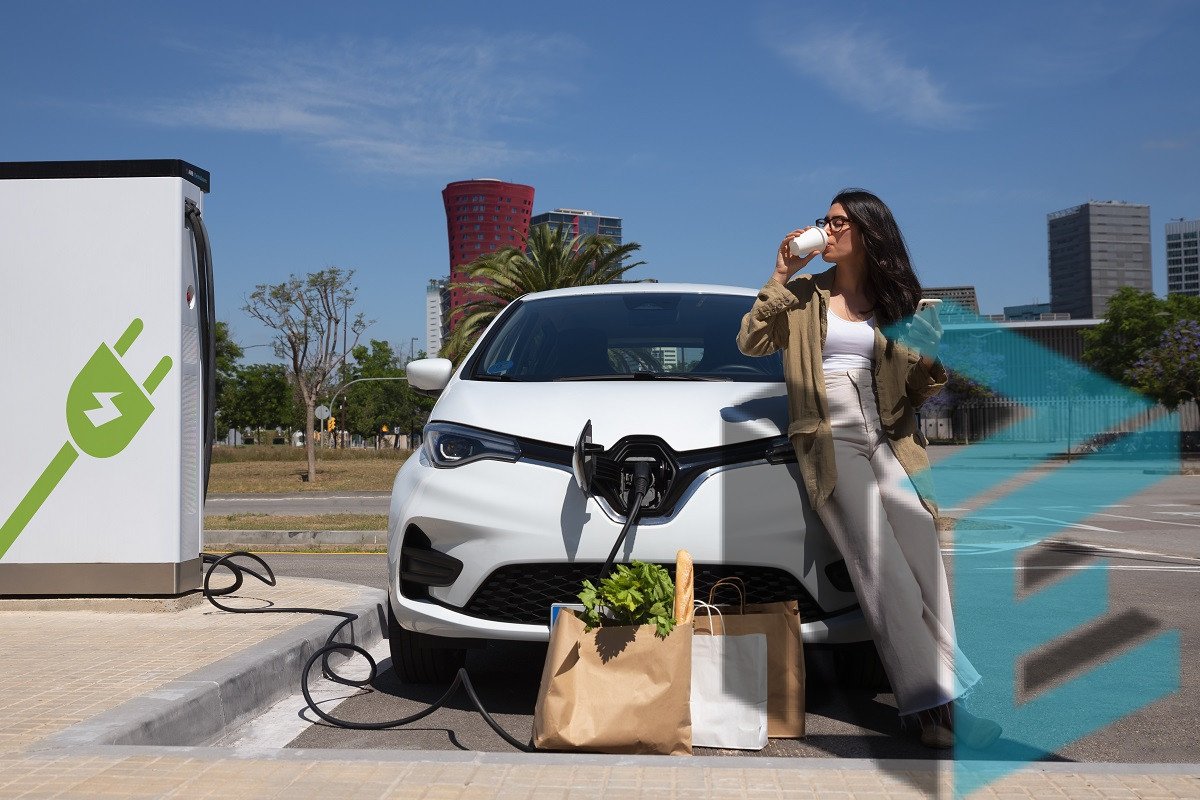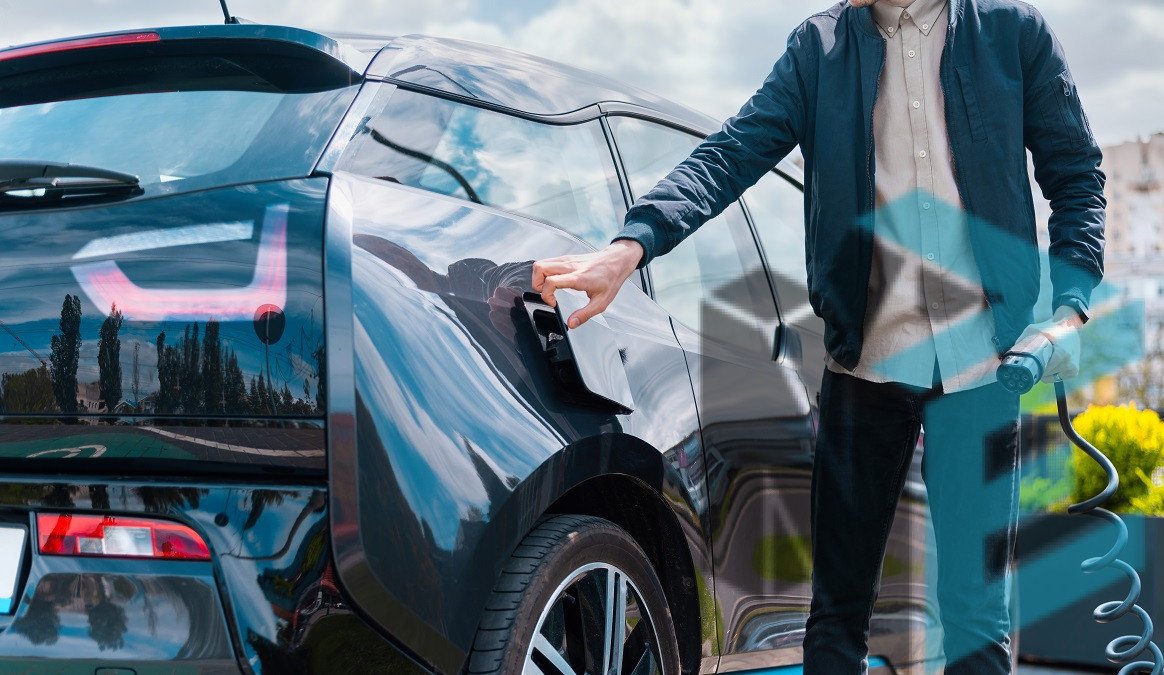The Future of Electric Cars: Revolutionizing Transportation and Sustainability
Electric cars (EVs) are no longer just a novelty—they are quickly becoming the cornerstone of a global movement toward sustainable transportation. With advancements in technology, growing environmental awareness, and supportive government policies, the electric vehicle industry is poised to reshape the automotive landscape. In this article, we’ll delve deep into the factors driving the rise of electric cars, their benefits, challenges, and what the future might hold for this transformative mode of transportation.
Why Are Electric Cars Gaining Popularity?

Electric vehicles have steadily gained traction due to a combination of technological progress and a global push for environmental preservation.
- Environmental Awareness
The adverse effects of carbon emissions on climate change have prompted governments and individuals to seek cleaner alternatives to traditional internal combustion engine (ICE) vehicles. EVs produce zero tailpipe emissions, significantly reducing the carbon footprint of transportation. - Advancements in Battery Technology
The development of lithium-ion batteries has drastically improved the range, efficiency, and affordability of electric cars. Modern EVs can now travel hundreds of miles on a single charge, making them more practical for daily use. - Government Incentives and Policies
Many countries offer subsidies, tax rebates, and other incentives to encourage the adoption of electric vehicles. Policies such as banning the sale of new ICE vehicles by certain dates have also accelerated EV adoption. - Cost Efficiency
While EVs may have a higher upfront cost, they are more economical in the long run. Lower fuel and maintenance costs make them an attractive option for budget-conscious consumers.
Benefits of Electric Cars
Electric cars offer a plethora of advantages that go beyond just environmental benefits.
- Reduced Air Pollution: Switching to EVs can significantly reduce urban air pollution, improving public health.
- Energy Efficiency: Electric motors are far more efficient than gasoline engines, converting a higher percentage of energy into motion.
- Quieter Cities: The near-silent operation of EVs can contribute to reducing noise pollution in cities.
- Renewable Energy Integration: EVs can complement renewable energy sources, such as solar and wind, as part of a more sustainable energy ecosystem.
Challenges in the Transition to Electric Vehicles
Despite their advantages, there are hurdles to overcome before EVs can fully replace traditional vehicles.
- Charging Infrastructure
The availability and convenience of charging stations remain a concern for potential EV buyers. Expanding fast-charging networks is essential to address range anxiety. - Battery Recycling and Sustainability
As EV adoption grows, managing the lifecycle of batteries will become a critical issue. Innovations in recycling and second-life battery applications are being explored to mitigate waste. - High Initial Costs
Although the total cost of ownership is lower, the upfront expense of electric cars can deter some consumers. Advances in battery production and economies of scale are gradually reducing these costs. - Grid Capacity
Increased demand for electricity could strain existing power grids. Investments in renewable energy and smart grid technology will be crucial to supporting widespread EV adoption.
Emerging Trends in Electric Vehicles

The future of electric cars is shaped by several exciting trends:
- Autonomous Electric Vehicles
Self-driving EVs are expected to revolutionize personal and commercial transportation, making it safer and more efficient. - Solid-State Batteries
These next-generation batteries promise greater energy density, faster charging times, and enhanced safety compared to current lithium-ion technology. - Vehicle-to-Grid (V2G) Technology
EVs equipped with V2G capabilities can store and supply energy back to the grid, contributing to a more resilient and balanced energy system. - Electric Trucks and Buses
The electrification of larger vehicles will play a critical role in reducing emissions from freight and public transportation sectors.
What Does the Future Hold?
By 2030, it’s projected that electric vehicles will account for a significant portion of global car sales. Major automakers are committing to fully electric lineups, and infrastructure improvements are making EV ownership more practical. The collaboration between governments, businesses, and consumers will be key to achieving a greener transportation future.
Furthermore, as renewable energy becomes more accessible and affordable, the synergy between EVs and clean energy sources will strengthen. This transformation isn’t just about cars—it’s about creating a sustainable world for future generations.
In conclusion, the rise of electric cars represents a pivotal moment in the history of transportation. While challenges remain, the momentum is undeniable. As technology advances and societies prioritize sustainability, the widespread adoption of EVs is not just inevitable—it’s essential.



